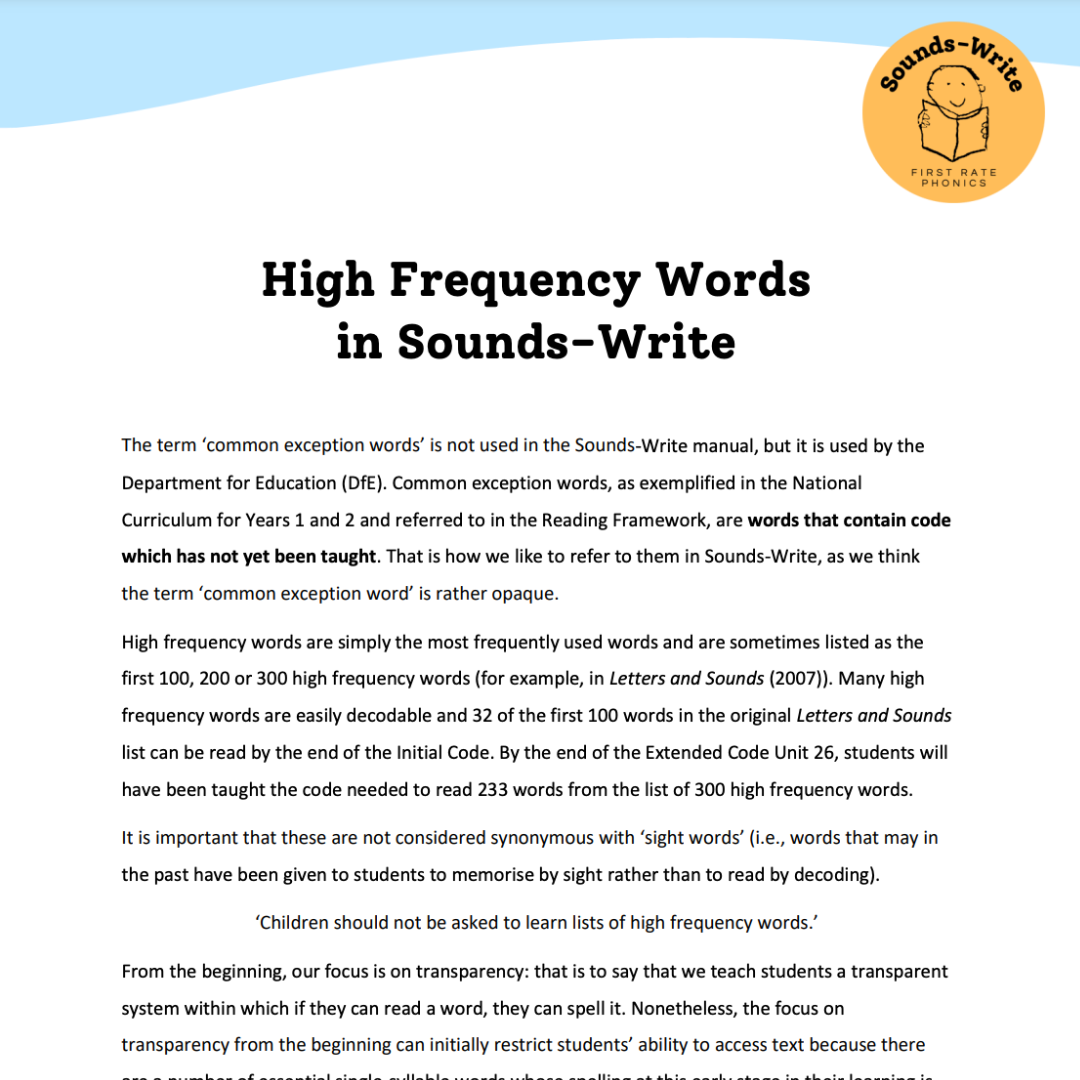Free resources for teachers
We’re always sharing free resources on our social media channels; follow us to make sure you don’t miss out!
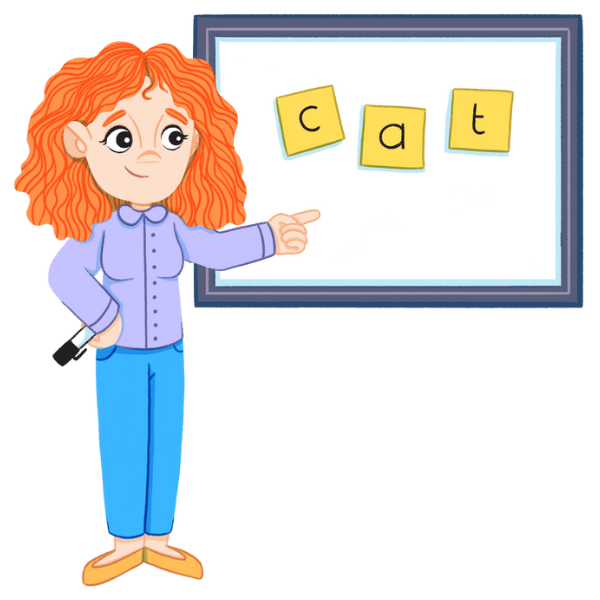
First Steps collection
The simple, decodable texts enable children to practice the skills and code knowledge they are learning. The simple sentence structures and short word counts will help children practice reading without overloading them and they’ll enjoy having success!
The Initial Code books are quirky stories about children and their unusual pets. The Extend Code is based on children and their hobbies.

Free Initial Code First Step
e-book collection
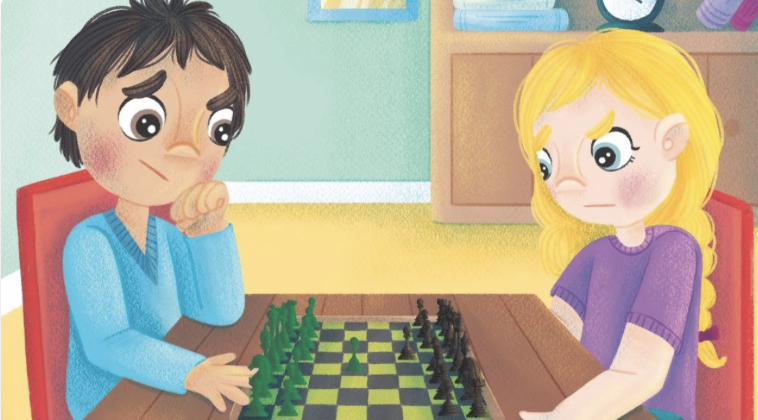
Free Extended Code First Steps
e-book collection
Tracking activities
For Sounds-Write Units 1 to 7. These activities are designed to improve left to right directionality, visual discrimination and letter (spelling)/word memory. They can also help with fine motor and hand‐eye coordination. Tracking activities are also designed to support the teaching of scanning and locating. The students differentiate between nonsense groups of letters and real words.
The activities can be completed as a whole class activity or individually. Some students may need adult support. The worksheets can also be divided into smaller activities to meet the students’ needs. Timing can be a fun part of the activity. Students can race the clock, record their time and then try to beat their time when the activity is next presented to them.
SpeedRead
SpeedRead is designed for use as a classroom activity by Sounds-Write trained teachers and TAs. It can be used as a main part of a lesson or as a warm-up. [For details, please see instruction sheet].
It is designed to follow the order in which sound-spelling correspondences are introduced in the Sounds-Write literacy programme: Unit 1: a, i, m, s, t; Unit 2: n, o, p; Unit 3: b, c, g, h; Unit 4: d, f, v, e; Unit 5: k, l, r, u; Unit 6: j, w, z; Unit 7: x, y, ff, ll, ss. In Units 1 to 7, all words have the structure CVC. Units 8 to 10 do not introduce any new sound-spelling correspondences but the complexity of the structure of the words is increased as follows: Unit 8 VCC and CVCC; Unit 9: CCVC; Unit 10: CCVCC, CCCVC, CCVCCC. Finally, Unit 11 introduces the sound-spelling correspondences: <sh> for /sh/; <ch> for /ch/; <th> for /th/ (voiced and unvoiced); <ck> for /k/.
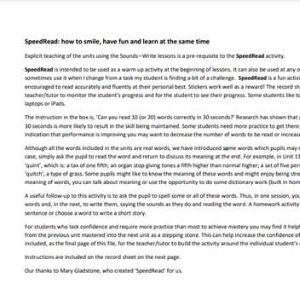
Lexicon of English spellings from Sounds-Write
This reference work has been developed for the benefit of classroom teachers and all those interested in literacy. It is preceded by a short theoretical paper about English spelling.
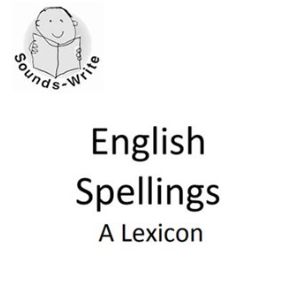
High-Frequency Words in Sounds-Write
This document shows how Sounds-Write deals with ‘high-frequency words’ and other words that contain code that has not yet been taught.
